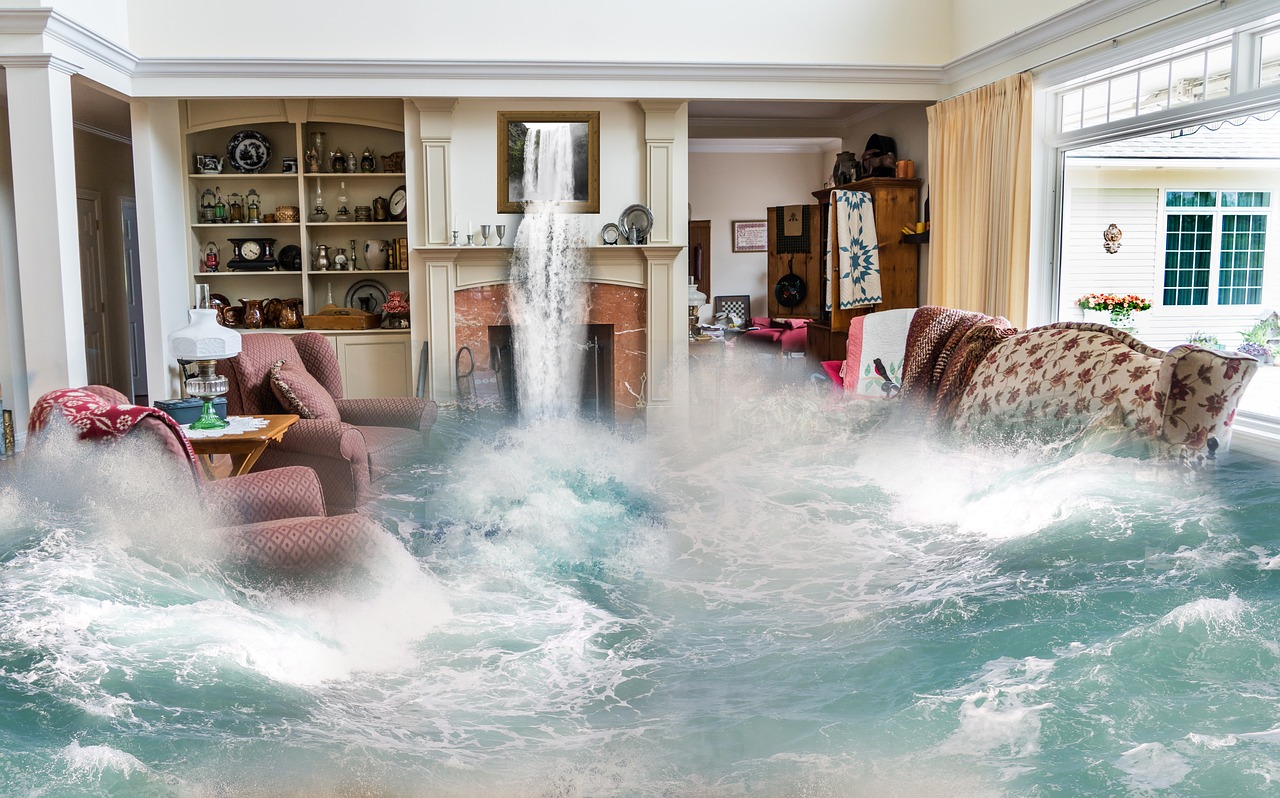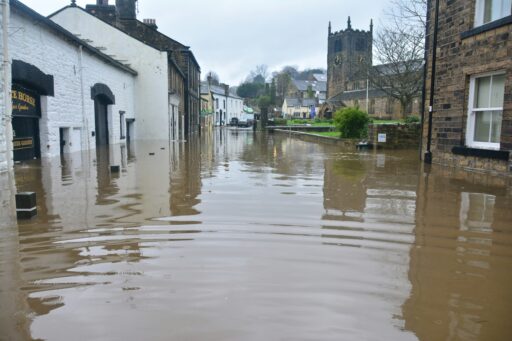If you have a property that’s in a flood-prone area, the chances are you’ll need to take out flood insurance. With over 15,000 homeowners making claims last year alone, it’s important to remember that anyone can get flooded – yes, even on top of a hill. But before you invest in a submersible water pump, read on for seven things you may not know about flood insurance.
1. Everyone has it
Flood insurance is usually included as part of your buildings insurance, whether you’re at risk of flooding or not. However, your contents will not be insured unless you have separate contents insurance, and you’ll need to find out exactly what you’re covered for.
2. You might not be covered for everything
It makes sense to go through your policy with a fine-tooth comb and check out everything to do with flooding and what you’re covered for. You should be covered for the cost of drying out and repairing the fabric of your home, repair and replacement of damaged belongings, removal of debris, any professional fees and alternative accommodation when you can’t live in your home.
Replacement of damaged belongings will depend on the kind of cover you have, so upgrade to a new-for-old policy if you don’t have one. And be sure to keep an inventory of everything that’s been damaged – insurers will accept labels from spoiled food as proof of purchase, and these costs can really add up.
3. You need it – Even if you live on a hill
It doesn’t matter where you live, or if your property has never flooded before. Climate change is producing heavier rainfall than ever before, and you can be at risk from run-off or a pipe that has burst because it’s unable to cope with the pressure and volume of water. No longer is it just waterside properties that need to make sure they have adequate cover – every property is potentially at risk of flooding.
4. You might not have enough cover
If you think flooding doesn’t apply to your property, the chances are you don’t have enough cover. Talk to your insurance company directly about your flood cover. And if your house may be prone to flooding – even if it hasn’t – tell the insurance company. Although the onus is on them to ask for information rather than on you to provide it, if they’ve never asked about flooding you may encounter complications if the worst does happen.
5. You can assess your risk
The Environment Agency in England and Wales have flood maps available on their website, as do the Scottish Environmental Protection Agency and the Department of Agriculture and Rural Development in Northern Ireland.
If you live in Scotland, it’s worth knowing that the Scottish government does not allow insurance companies to use this information to set your premiums.
You can also ask the Environment Agency for an insurance-related request letter that outlines your risk, or pay for a flood risk assessment. These should help protect you against unfeasible insurance hikes.
6. Take preventative action with a submersible water pump
Be proactive – join local flood action groups and support large-scale flood defence projects. You can also sign up for flood alerts and lobby the local council for flood improvements. Protect your home by installing flood-resilient floor boards and air-brick covers and buy a good-quality submersible water pump. These actions may reduce your insurance premiums.
7. You can get help if your premiums go up
If the worst happens, and your insurance company hikes your premiums unreasonably – if, for example, you share a postcode with properties that have flooded, though yours hasn’t – you can get help. Use a specialist broker to help find cover that suits you and has a reasonable premium. You can also talk to the National Flood Forum about your options. Or get in touch with Flood Re, a joint government/insurance company initiative to help householders find affordable flood insurance.
Find out other ways you can prevent flood damage.






